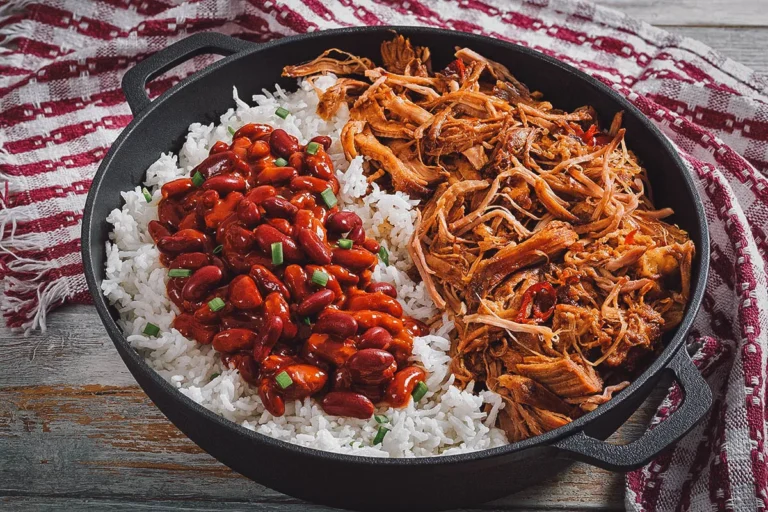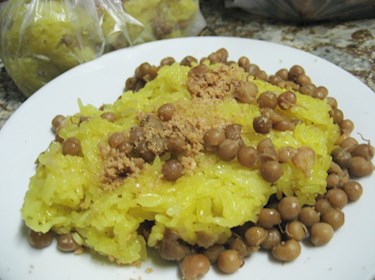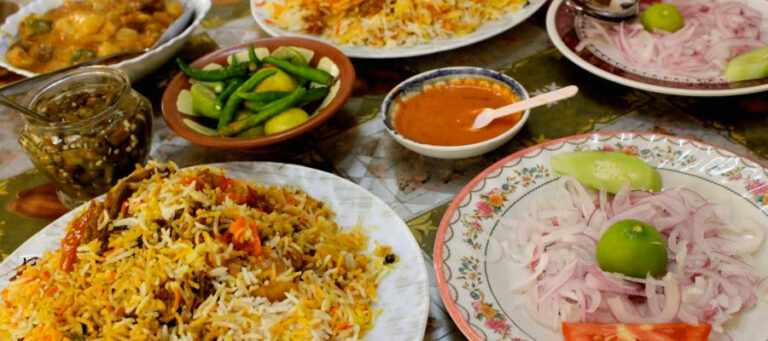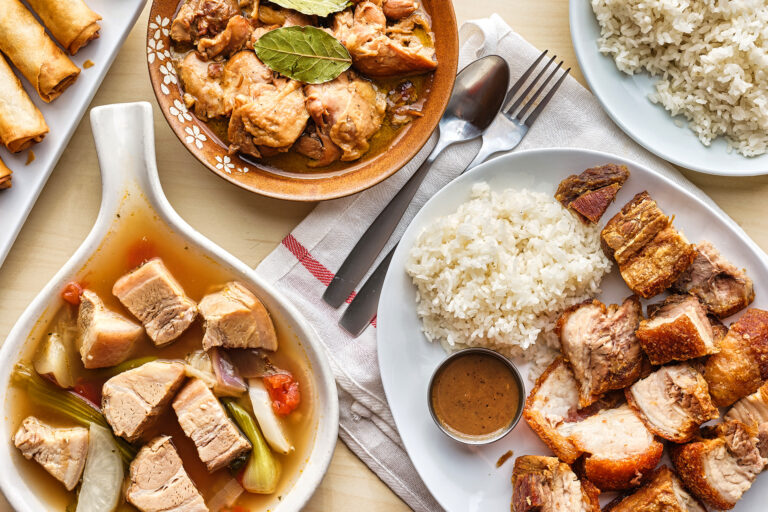Introduction: Cuban Cuisine
Cuban cuisine is a blend of Spanish, African, and Caribbean culinary traditions. It is known for its bold and vibrant flavors, with a variety of spices, herbs, and vegetables used to create delicious dishes. Cuban cuisine is also famous for its use of rice and beans, which are an essential part of almost every meal.
Rice and Beans: The Staple Food
Rice and beans are considered the staple food of Cuban cuisine. They are used in a variety of dishes, both sweet and savory, and are an essential part of the Cuban diet. Rice and beans are not only delicious, but they are also very nutritious and provide a great source of energy.
The Historical Significance
Rice and beans have a long history in Cuban cuisine. They were brought to the Caribbean by African slaves, who used them in their traditional dishes. Over time, rice and beans became a staple food in Cuba and were used in a variety of dishes. They are also a symbol of the country’s rich cultural heritage, representing the blending of African, Spanish, and Caribbean culinary traditions.
The Health Benefits
Rice and beans are not only delicious but also provide a range of health benefits. They are a great source of protein, fiber, and complex carbohydrates, which are essential for a healthy diet. They also contain vitamins and minerals that are important for maintaining good health, including iron, zinc, and folate.
A Closer Look at Congri and Moros y Cristianos
Congri and Moros y Cristianos are two of the most popular rice and bean dishes in Cuban cuisine. Congri is made by cooking black beans and rice together, while Moros y Cristianos is made with red beans and rice. Both dishes are seasoned with spices, herbs, and vegetables, including onions, garlic, and green peppers, giving them a distinctive flavor.
Variations Across Different Regions
While rice and beans are a staple food across Cuba, different regions have their own unique variations of these dishes. In the eastern region, for example, rice is often cooked with coconut milk, giving it a sweet and nutty flavor. In the west, rice and beans are often cooked separately and served on the side, while in the central region, they are often mixed together to create a dish called “Arroz Congrí”.
The Role of Rice and Beans in Traditional Cuban Feasts
Rice and beans are an essential part of traditional Cuban feasts, such as “Nochebuena” (Christmas Eve) and “Nochevieja” (New Year’s Eve). During these celebrations, large quantities of rice and beans are cooked and served alongside roast pork, yucca, and other traditional dishes.
Conclusion: How Rice and Beans Bind Cuban Culture Together
Rice and beans play an essential role in Cuban cuisine and culture. They are a symbol of the country’s rich cultural heritage and are an essential part of many traditional dishes. Rice and beans are not only delicious but also provide a range of health benefits, making them a great choice for a healthy and nutritious diet. Whether enjoyed alone or as part of a larger meal, rice and beans are a staple food that binds Cuban culture together.










